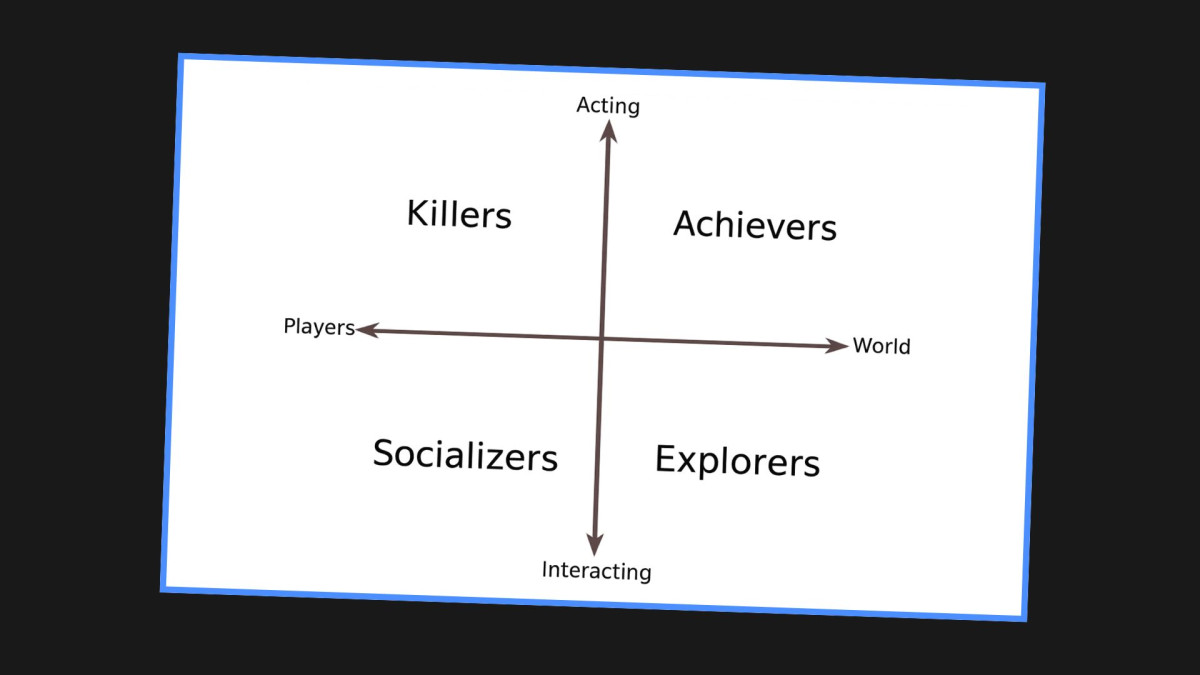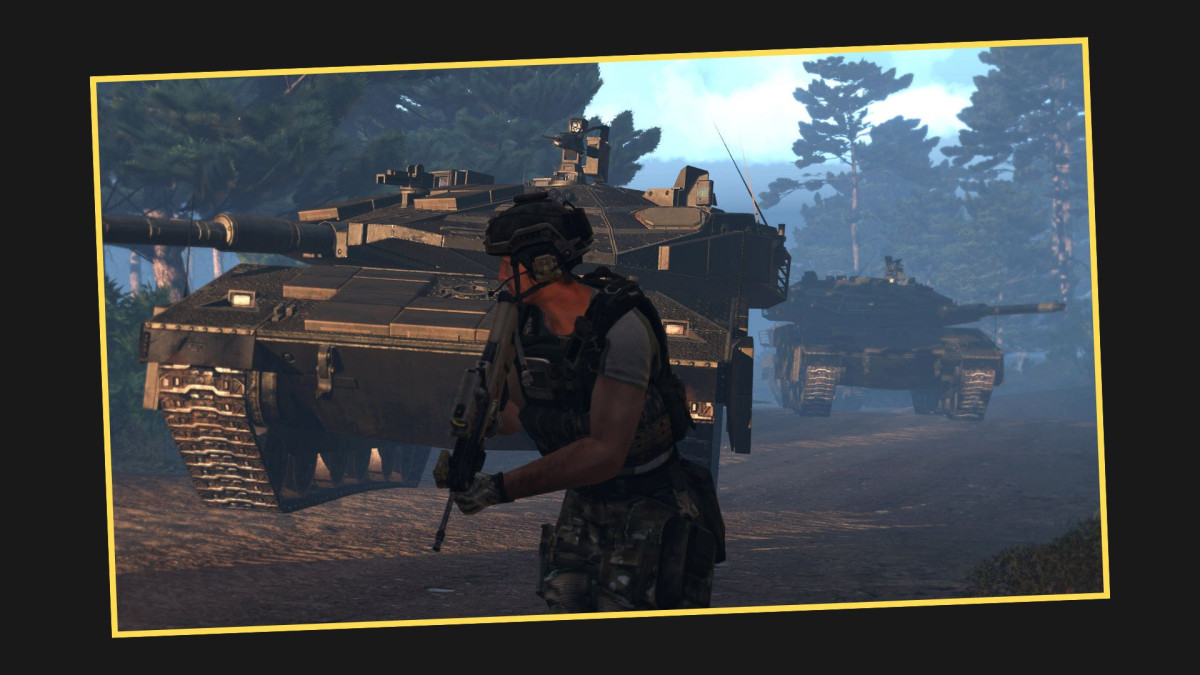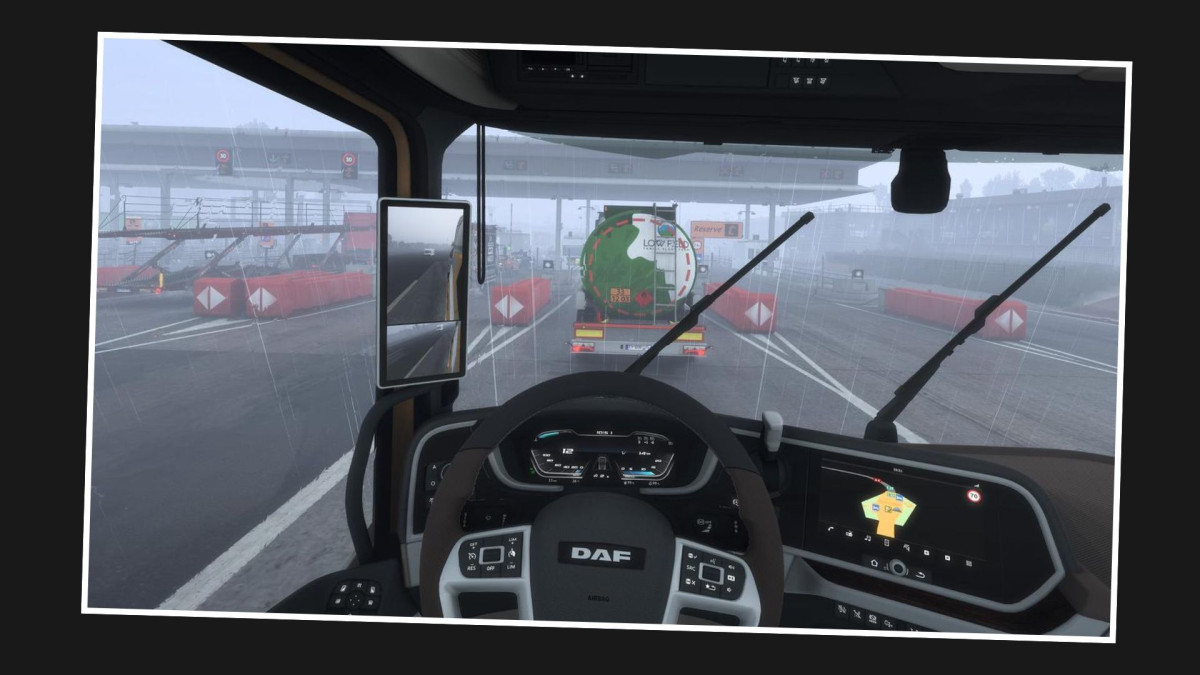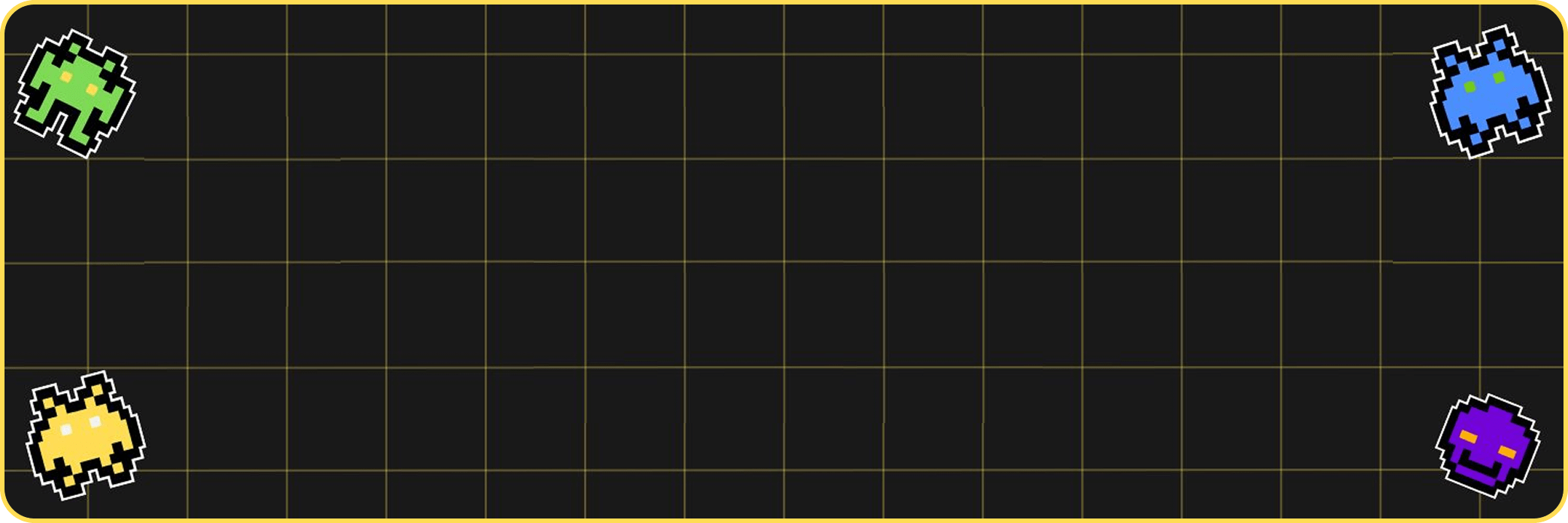Not for everyone—made for someone. In a world of loud releases, there are “quiet” games for connoisseurs. Why niche ideas matter, how temperament influences genre choice, and why we need games where the sound of rain matters more than scores.
Some players seek calm, predictability, and reflective engagement over action and instant gratification; this piece explores who they are, why temperament and sensitivity matter, and which games and design patterns meet their needs.
The gaming industry is largely built around the interests of the mainstream player. Most online platforms create recommendations aimed at broad audiences. That’s why titles like Overwatch, The Sims 4, Horizon, and others frequently appear on lists with recommendations. Many players enjoy action, simple controls, and instant gratification. Big releases, aggressive marketing campaigns, and carefully designed mechanics are made for them. Developers and publishers are happy to invest because they know it will pay off.
Who are “not-for-everyone” games for?
But there are other players. They may be less visible, but they are just as important. These are the people who care about elements that often fade into the background in popular games. They value different things: calm, focus, a steady rhythm, and time to think. In short, they want a sense of order and quiet. For them, there are projects where the focus shifts from action scenes and competition to atmosphere, meditation, strategic planning, and attention to detail. These games don’t rush you; on the contrary, they offer time to focus, providing order and calm in a world where everything is under control. It is these games we will discuss next.
Every genre finds its audience, but where does this divide come from?
It’s not just a matter of supply and demand. The reasons run deeper, often tied to perception and personality. Game preferences can be closely linked to temperament. That’s why niche genres attract a certain kind of player. Take introverts, for example. They often choose games where they can move at their own pace, with gentle visuals and little or no need to interact with others. A game like VRChat is unlikely to appeal to them, as it’s more suited to extroverts, much like the social modes in Garry’s Mod.
There’s a group similar to introverts, and it includes people with high sensory sensitivity. They react more strongly to sound, color, and pacing. They may become overwhelmed more easily, but they can also deeply immerse themselves and notice subtle details. These players are often drawn to meditative or narrative games, where visual design plays an essential role. In these cases, aesthetics are more than decoration. They become a way to connect emotionally with the game.These players seek out titles that offer quiet spaces for reflection and visual enjoyment. Sometimes the game itself leads them to think more deeply.
Little Misfortune: sensitivity, tone, and reflection
Little Misfortune is a good example. On the surface, it’s a visually simple story about a young girl. But behind the cute presentation lies a heavy theme of death and childhood loneliness. The game gradually shifts from bright, cheerful colors to darker and more muted tones. This combination of a naive visual style, soft storytelling, and hidden emotional tension resonates with players who experience the world through sensitivity and emotion. After playing, you may not feel like picking up another game right away. Instead, you want to sit quietly and process what just happened.
Player motivations through a classic lens
In 1996, researcher Richard Bartle identified four primary player types. Later, Quantic Foundry expanded the list to nine. In this analysis, we’re using the original classification to delve into the minds of people who play niche games.

Bartle described the following types:
- Explorers: Curious about the world and game mechanics.
- Achievers: Motivated by goals, rewards, and progress.
- Socializers: Focused on interaction and relationships.
- Killers: Interested in competition and domination.
In practice, most players don’t fit perfectly into a single category. Many display traits from multiple types. This is especially true in niche genres, where players often want to explore mechanics, affect outcomes, and connect with others.
Another important group includes people who are drawn to structure, control, and strategic thinking. In Bartle’s model, they fall somewhere between explorers and killers. These players want to understand the game’s internal systems, develop tactics, and find creative solutions. Winning isn’t enough. They want to know how they won and why. Most of them also enjoy working with others. They like planning as a team, discussing strategies, and feeling like part of something bigger. Whether they take on a leadership role or play as a regular teammate doesn’t matter as much. What matters is the process, the teamwork, and the sense of impact—not just the score or spectacle.
Case studies and patterns in play
Arma 3: realism, consequence, and coordination
Take Arma 3, for example. At first glance, it may look like a regular military shooter, but it’s actually one of the most realistic tactical simulators available. It mimics real combat conditions. There are no quick reloads or second chances. A single bullet can be fatal. But the game includes accurate ballistics, team communication, long marches, and a strong need for cooperation. Some players will find it frustrating or boring. The fact that death is immediate—not just a drop in health points—can be a dealbreaker. But for the right player, it’s exactly what makes the game special.
 Source: “Arma 3” by Bohemia Interactive
Source: “Arma 3” by Bohemia Interactive Routine simulators: repetition and predictability as comfort
When we talk about games that aren’t made for the average player, we shouldn’t forget all the different fishing, farming, and cleaning simulators. These games are built around repetition, predictability, and internal logic. There are no high stakes, no losing or winning, no puzzles to solve. That’s the appeal. These games help you pass the time and calm your mind.
Mindfulness and routine—what studies suggest
People who are easily overwhelmed in daily life, especially those with high anxiety, often turn to these types of games. A study titled “Digital Games and Mindfulness: An Exploratory Study” found that slow-paced, repetitive gameplay can have a meditative effect. It can improve focus and reduce anxiety. Routine becomes a way to reset. Nothing gets out of control. You always know what to expect. You can do everything at your own pace. There are no time limits. In this sense, such games offer a form of gentle therapy through simple actions and repetition.
Some people call these players “meditative,” though that’s not entirely accurate. It’s not about meditation itself but about consistency and soft focus. No combos to memorize. Just dragging objects, catching fish, or cleaning with a single swipe. The reward comes from the process and the calm satisfaction it brings. Many of these games also rely on satisfying sound and visual feedback—rustling grass, splashing water, the shine of a freshly cleaned surface.
Euro Truck Simulator: routes, radio, and a steady state
Euro Truck Simulator is a good example. Your job is to deliver cargo across Europe. In any weather, at any time of day. Everything is designed with realism in mind. You plan your route, follow speed limits, and make fuel stops along the way.
This game is about stability. About driving and thinking. Or not thinking. Maybe driving while listening to the radio. Everyone approaches it differently. Some drive in silence, some put on music or a podcast. I used to listen to audiobooks while delivering cargo from Lyon to Toulouse. Back in school, it helped me prepare for literature class. As the scenery shifted outside the truck, my mind relaxed and absorbed new information more easily.
 Source: “Euro Truck Simulator 2” by SCS Software
Source: “Euro Truck Simulator 2” by SCS SoftwareWhy does this matter for developers?
Games are no longer just entertainment. For some, they are a way to manage anxiety or meet unspoken emotional needs. Niche genres create space for players whose preferences fall outside the mainstream. We at Allcorrect have also had some great opportunities to work with more niche titles. A great example would be Behind the Frame: The Finest Scenery—a game where the focus is not on action but on the act of creation itself, on the attention to detail, and on a meditative rhythm that allows the player to truly immerse themselves in this world.
For developers, that means one thing: don’t be afraid of a “narrow” idea if you truly understand who the game is for. If you take the time to explore the needs of players on the margins, you can create more than just a game. You can build a space where someone feels completely at home. And that might be the very reason they come back to your game again.
So, unlike projects aimed at the mass market, niche games are valued for their ability to offer players what large releases cannot, as they focus on parts and aspects of our lives that may seem tedious to many. However, that’s exactly what a lot of people seek in games. Whether it’s a player who wants to experience a real combat mission in Arma, face the challenges of a trucker’s life in Euro Truck Simulator, or immerse themselves in the routine of an artist in a project like Behind the Frame. These very qualities make them unique and important for those who seek not just entertainment but a deeper experience in games.




